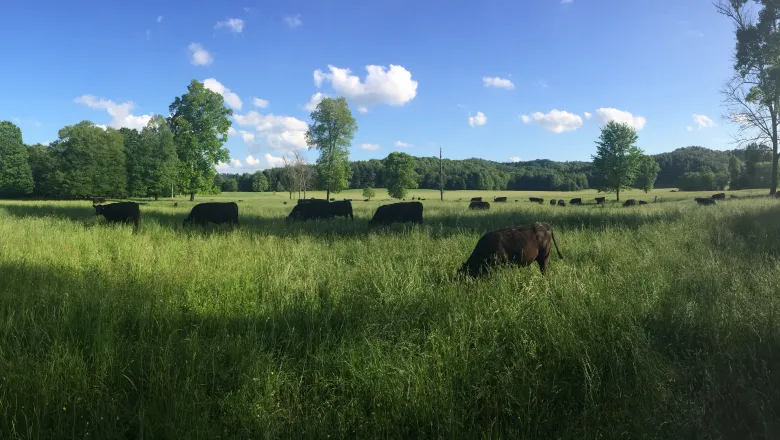Every Day Is Earth Day When You Work in Ag

Other
In case you haven't heard yet, it's Earth Day, which is celebrated annually on April 22nd. This day was designed to allow groups, organizations and individuals to show support for environmental protection... something that agriculture has been quietly doing for decades. In fact, farmers and ranchers – really all of those involved in agriculture, were the first truly “green” industry and continue to be leaders in this field.
The agricultural industry depends on the land to survive. Without good soil, clean air and clean water, producing healthy plants and animals is difficult if not impossible. Do farmers use chemicals? Certainly some of them do. But the chemicals used in the ag industry have gone through rigorous testing and come with very specific instructions for use that the majority of farmers follow to a T. It does not behoove them to do otherwise – misuse of these chemicals can adversely affect these farmers’ production, their health, their land and it is illegal. In addition, the cost of most of these chemicals is high enough that misusing them is also financially detrimental as well. I won’t tell you that misuse never happens – but the reality is that homeowners applying chemicals to their yards and flowerbeds actually have more of a negative environmental impact on soil and water quality that farmers do. Agricultural chemical use is highly regulated, while the same is not the case for homeowners who purchase a bottle of Round-Up from Home Depot.
Farmers and ranchers also use many different methods to help prevent pollution of soil and water, or improve water quality. These range from:
- Rotational grazing of livestock, which allows the forage in a particular field to rest for a period of time and helps to prevent overgrazing which can be detrimental to the soil,
- The use of riparian buffers and stream exclusion fencing, which is the practice of fencing livestock out of streams and other bodies of water and planting trees or other plants between the fence and the water to help absorb excess nutrients,
- The planting of winter cover crops after a commodity or row crop (such as corn or beans) has been harvested, which helps to add nutrients back to the soil and decrease erosion and run off,
- Utilization of no till or minimal till technology which decreases soil disturbance and therefore decreases erosion,
- And much more!
These practices are not new and are used by many farmers and ranchers across the country and the world. The farmers see the benefit of using these practices because they help to keep the land productive, increase their bottom line and also benefit neighbors, those who live “downstream” and the environment in general. The industry continues to look for ways to decrease their environmental impact partially because it also helps the farmer to be more efficient and can be financially beneficial as well – any time less chemicals can be used or you can save a tractor trip over a field it decreases the overall cost.
As we take time to day to all think of ways to be more environmentally conscious, we could do worse than to emulate all of our agriculture producers who work hard to be "green" 365 days a year.